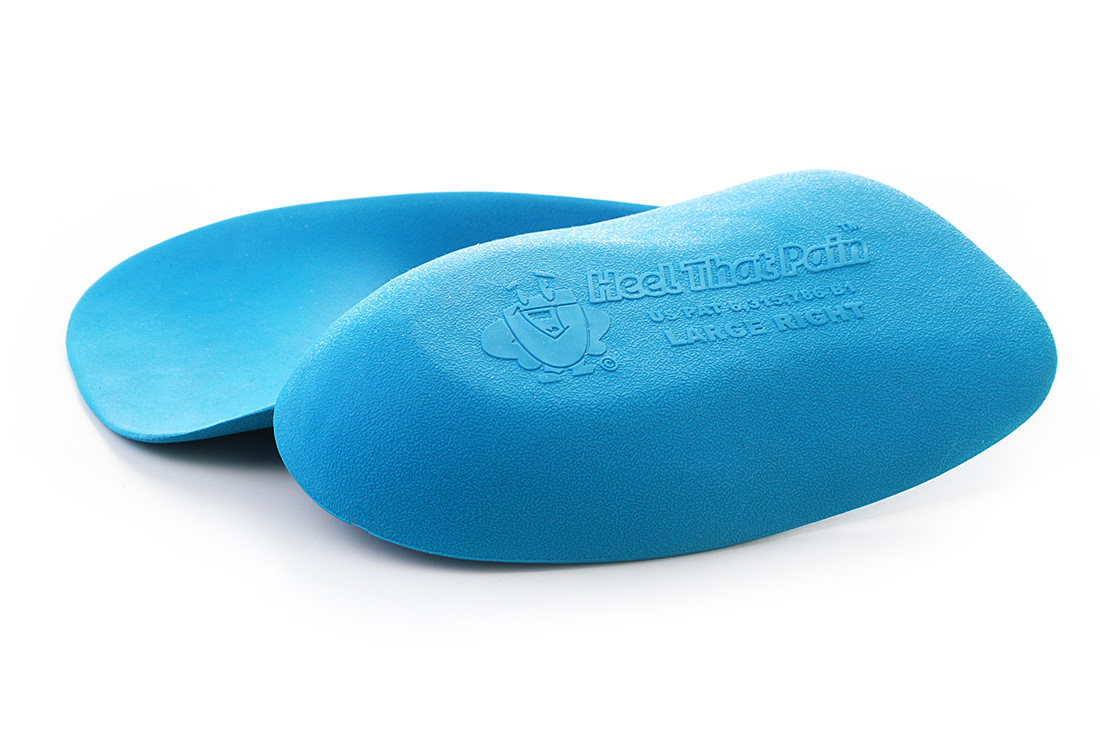jpmulk
WKR
- Joined
- Nov 12, 2021
- Messages
- 367
Dealing with plantar fasciitis for the first time. Pain is more in the heel area. For those of you experienced with it, what worked for you getting through it?
I decided last week I better get serious about getting it gone. Now is the time as it’s winter. I’ve got a few sets of insoles coming in the mail. Right now I am taking a two week break from all workouts. No running or lifting. Just light walking around work. Icing and rolling my feet on a frozen water bottle twice a day.
Any other thoughts?
I decided last week I better get serious about getting it gone. Now is the time as it’s winter. I’ve got a few sets of insoles coming in the mail. Right now I am taking a two week break from all workouts. No running or lifting. Just light walking around work. Icing and rolling my feet on a frozen water bottle twice a day.
Any other thoughts?


